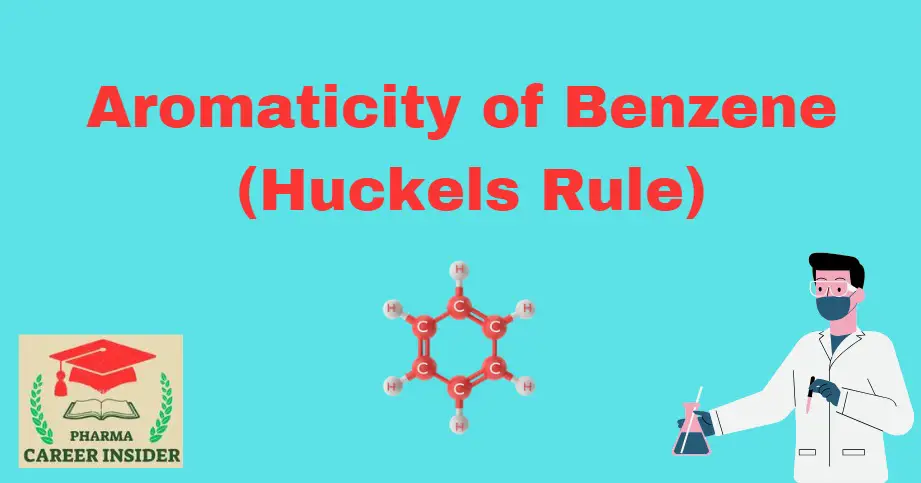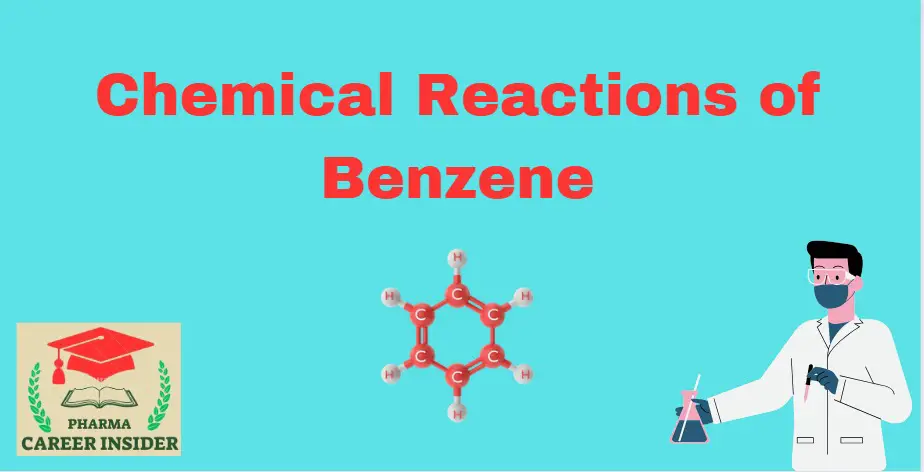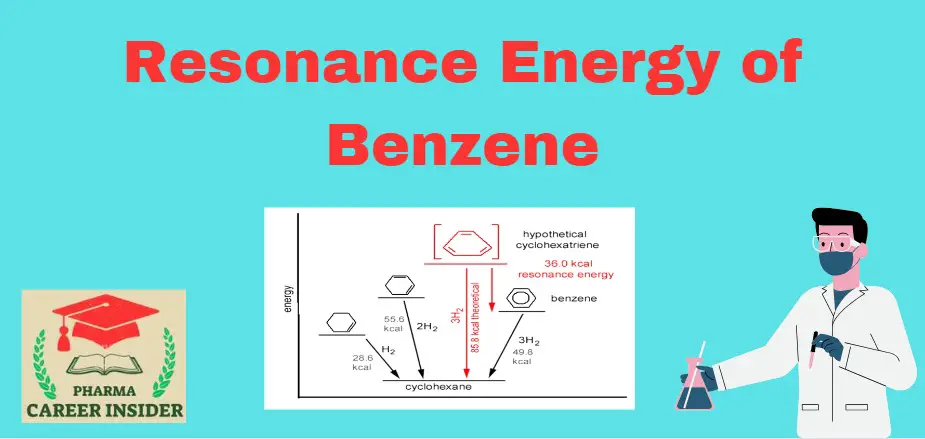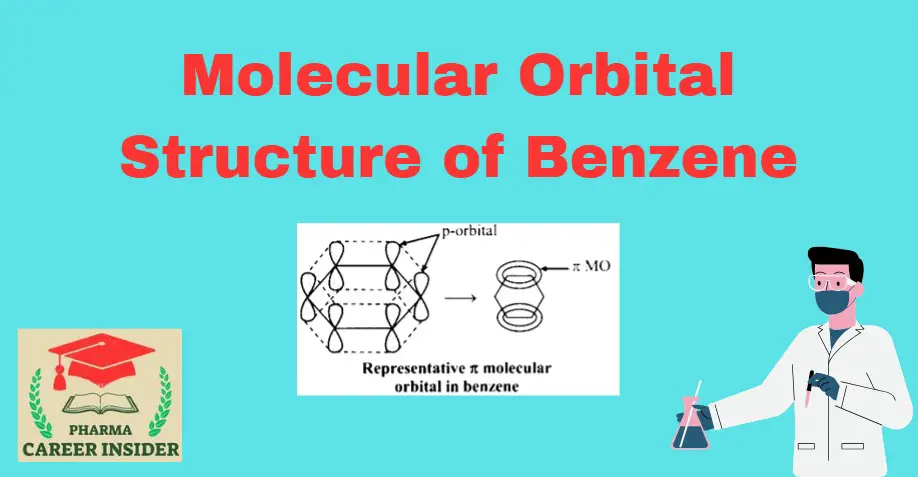Levels of structural organization and body systems
The human body’s structure and function are organized into various levels of structural organization, each building upon the previous level to create a complex, highly integrated system. Additionally, the body consists of several interconnected systems, each with its own specialized function. Levels of Structural Organization: 1. Chemical Level: This is the most basic level … Read more









